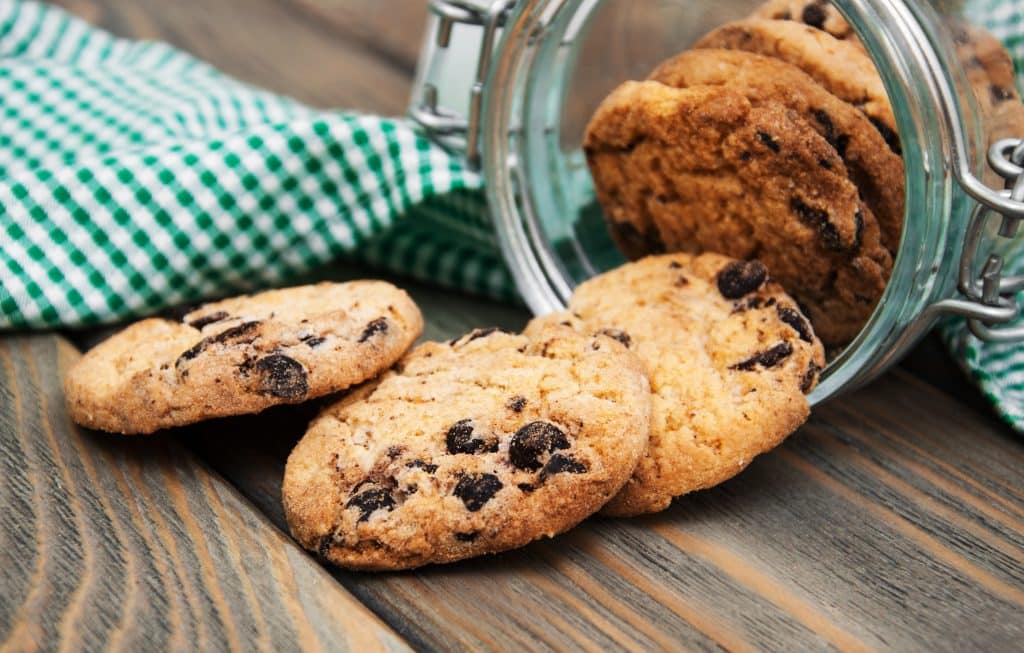Products in which sugars have been replaced with polyols may be labeled sugar free or no sugar added. If you look at the ingredient list you will find that many of these foods contain one or more of the following ingredients: erythritol, hydrogenated starch hydrolysates (sometimes listed as maltitol syrup, hydrogenated glucose syrup, polyglycitol syrup, polyglucitol or simply “HSH”), isomalt, lactitol, maltitol, mannitol, sorbitol and xylitol. These ingredients are all polyols.
Polyols have been used for many years to replace sugars in a wide variety of products such as chewing gums, candies, ice cream, baked goods and fruit spreads. They have also been widely used in products such as toothpastes, mouthwashes, cough syrups, and cough drops. The safety and variety of polyols means more and more sugar-free foods are becoming available. And, they taste good.Reading the label of a sugar-free food can also help you determine what benefits it may offer.
In addition to their good clean taste, polyols provide some important health benefits. For example, polyols have fewer calories than sugars. Foods that are sweetened with polyols have been of interest to people with diabetes for many years since they do not cause sudden increases in blood sugar levels. Also, while many people believe that tooth decay is no longer a problem, tooth decay actually continues to be a major oral health problem. Importantly, polyols do not promote tooth decay (cavities) because bacteria in the mouth cannot easily change polyols to acids that can damage teeth.
Polyols
Polyols are sugar-free sweeteners. Polyols are carbohydrates but they are not sugars. They are used cup-for-cup [volume-for-volume] in the same amount as sugar is used, unlike acesulfame potassium, aspartame, saccharin, and sucralose which are used in very small amounts.

Your Questions Answered
We’ve got the answers to your frequently asked questions about polyols.
Learn moreWhat are the Benefits?
These unique sweeteners taste like sugar but have special advantages.
Learn more



